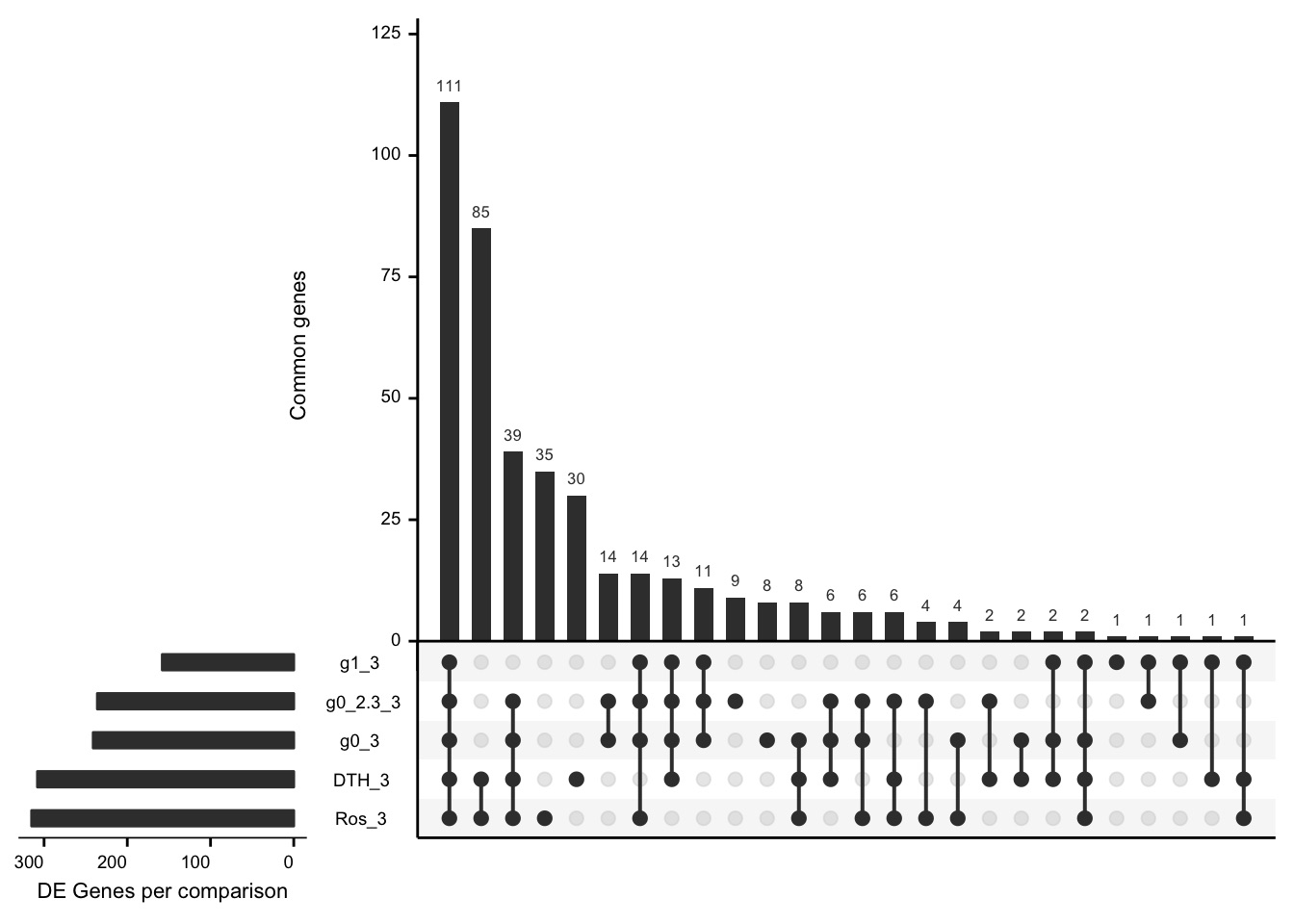Molecular Analysis of Acute Rejection in Formalin-Fixed Paraffin-Embedded Clinical Face Transplant Biopsies.
1Brigham and Women's Hospital, Boston, MA
2Harvard T.H. Chan School of Publich Health, Boston
Meeting: 2017 American Transplant Congress
Abstract number: 100
Keywords: Biopsy, Gene expression, Rejection, Skin transplantation
Session Information
Session Time: 2:30pm-4:00pm
 Presentation Time: 3:18pm-3:30pm
Presentation Time: 3:18pm-3:30pm
Location: E270
Background
Diagnosis of acute rejection in face transplants relies on the histological evaluation of allograft skin biopsies using BANFF classification, an approach with significant limitations including difficulty in differentiating rejection from inflammatory dermatoses. The availability of biopsies from the largest cohort of face transplant patients at a single center in the world allowed us to examine if molecular analysis can complement histology.
Methods
NanoString gene expression platform was used to quantify the expression of 730 genes. Nanostring technology is unique in its ability to use formalin-fixed paraffin-embedded (FFPE) samples, allowing molecular diagnostics to fit into standard-of-care workflow. 38 biopsies from 7 face transplant recipients were included (grade 0, n=11; grade 1, n=7; grade 2, n=8; grade 3, n=12). Gene expression profiles were correlated with BANFF grades, and compared with biopsies taken from patients with rosacea (n=3) and delayed hypersensitivity reaction (n=4). Healthy skin from 4 patients who underwent facelift surgeries were used as controls.
Results
Comparison of Grade 0 (n=11) vs. Grade 3 (n=12) biopsies identified 241 differentially expressed genes (q value<0.05). The most significant upregulated gene (q value =5.35E-15) with highest fold change in Grade 3 biopsies (compared to Grade 0) was Granyzme B, which was further validated by multiplex immunostaining demonstrating higher infiltration of granzyme producing T cells. Analysis of common genes (figure 1) revealed a set of 8 genes that are differentially expressed exclusively in rejecting allografts, but not in inflammatory dermatoses.
Conclusions
Our study demonstrates the feasibility of multiplexed gene expression quantification from FFPE biopsies. The findings suggest that biopsy-based molecular assessment has the potential to complement histology to improve diagnosis of acute rejection in clinical face transplants.
CITATION INFORMATION: Win T, Dyring-Andersen B, Barrera V, Ho Sui S, Lopdrup R, Kiwanuka H, Murakami N, Teague J, Lowry E, Bueno E, Chandraker A, Riella L, Pomahac B, Clark R. Molecular Analysis of Acute Rejection in Formalin-Fixed Paraffin-Embedded Clinical Face Transplant Biopsies. Am J Transplant. 2017;17 (suppl 3).
To cite this abstract in AMA style:
Win T, Dyring-Andersen B, Barrera V, Sui SHo, Lopdrup R, Kiwanuka H, Murakami N, Teague J, Lowry E, Bueno E, Chandraker A, Riella L, Pomahac B, Clark R. Molecular Analysis of Acute Rejection in Formalin-Fixed Paraffin-Embedded Clinical Face Transplant Biopsies. [abstract]. Am J Transplant. 2017; 17 (suppl 3). https://atcmeetingabstracts.com/abstract/molecular-analysis-of-acute-rejection-in-formalin-fixed-paraffin-embedded-clinical-face-transplant-biopsies/. Accessed December 22, 2025.« Back to 2017 American Transplant Congress
